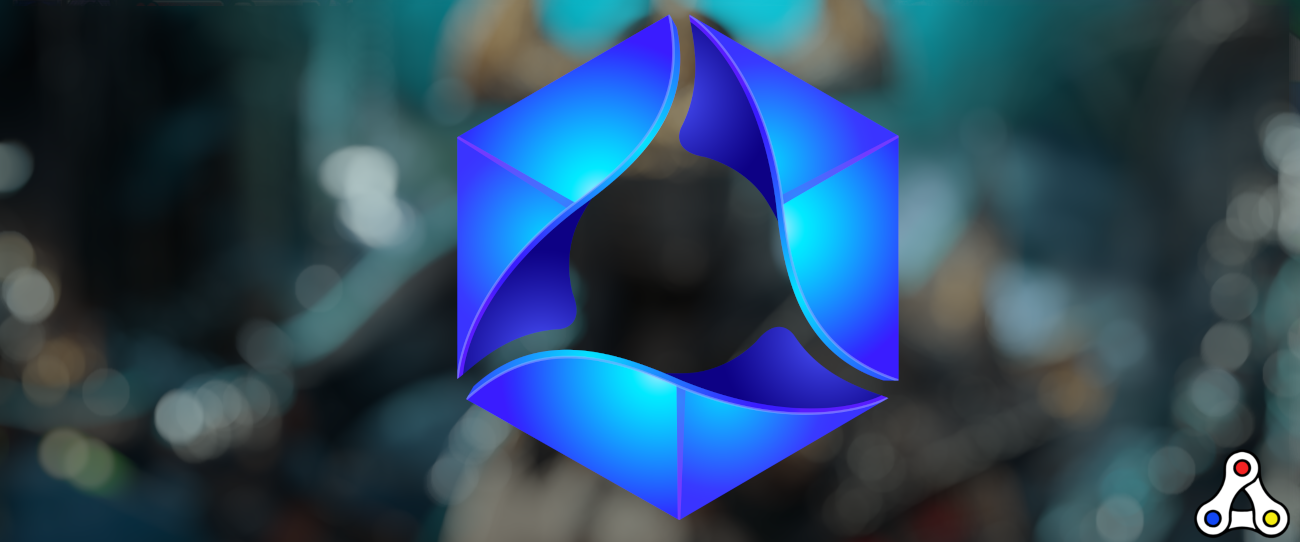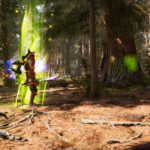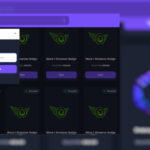Onessus, the company behind Hodlgod, Boysterous, and Void Elementals, released their long awaited NFT staking system this past week, allowing users to earn VOID tokens. Players use NFTs from the Onessus ecosystem, along with some VOID, to create more VOID tokens. This team seems to be big on the memes, so of course their staking system is called When Staking.
In this article I want to take a look at When Staking, the NFTs and of course the VOID you will earn. However, this staking system functions a bit differently from any other. And there has been a lot of confusion among the users, so it’s important to know what’s different.
Getting Started
When you go to the dashboard home page, it shows you all of the NFTs in your Wax wallet. First step is to filter by All Stakable. Now you’ll see a list of NFTs that you can presumably stake. But no so fast! The only NFTs that are currently stakable are on this spreadsheet (more NFT staking options will be added later).

Each NFT has a limit on the amount of VOID that can be staked against it. This is the number in the second column. Once you’ve picked out an NFT to stake against, click the Stake button. You are then are presented with a lockup period popup. This is where you decide how long you’re willing to lockup this NFT in the staking system. The fixed APR is 80% (85% for a few items — see the list in the spreadsheet). Staking for shorter than 365 days will net the appropriately reduced amount of income.
After you select a lockup period, your NFT is stashed away and you are given a ‘Lease’ version of your NFT. Now comes the staking of the VOID tokens. What? You thought you would get something just for staking your NFTs? That’s not how it works here. Onessus has a VOID-driven staking system, with the NFTs as a gateway or key for accessing the staking system. You can’t stake VOID without the NFTs. And the NFTs gain nothing when staked without VOID!
First point of confusion: Some NFTs can be cashed in for VOID. This is a separate system, and has no effect on staking.
Adding VOID and receiving interest
OK. Hopefully you now have a Lease NFT and some VOID to stake. Now, to make use of the system, add VOID to your Lease NFT by clicking Stake Void on the NFT on the dashboard home page. You can add as much VOID as that NFT allows, up to its limit (see spreadsheet for details). And you don’t have to fill it up all at once. You can add more later, until that particular NFT reaches its limit.
Now here comes the next interesting part. You receive your interest payment immediately. That’s right. There’s no trickle of payments over the lockup period, nor a lump sum payment at the end. Instead, it’s all upfront! As soon as the VOID staking transaction completes, you are immediately credited with, well, more VOID tokens. And, if you wanted, you could turn around and stake that new VOID again for another payment!
Of course, your NFT, and any VOID staked to it, are locked up by the smart contract until the specified lockup period expires. But at least you have a choice. You can stake for as little as one day, as long as one year, or anywhere in-between. And, you can even sell your Lease NFT if you need immediate liquidity and don’t want to wait for the staking period to end.

Then what?
Once the lockup expires, you can reclaim both the staked VOID and the NFT.
Second point of confusion: There is currently a UI bug where after you reclaim the VOID from an expired Lease, the NFT can’t be reclaimed in the UI. You have to submit a transaction via wax.bloks! (note editor: this issue may now be fixed)
Hopefully this issue, and some other UI improvements will come soon.
Once you’ve reclaimed an NFT, you may notice that it has a number in the upper left corner on the When Staking? site. This is the NFT’s level. NFTs gain levels as they are used for staking. Each level adds 5% to the total amount of VOID that can be staked against that NFT.
At the moment, VOID token is really only useful for making more VOID tokens or selling for WAX on Alcor. But, Onessus plans for VOID to be an integral part of their ecosystem, which is still in its early stages.
Hopefully this guide proves useful to anyone interested in participating in the Onessus staking system. You can also read their official post about it.





